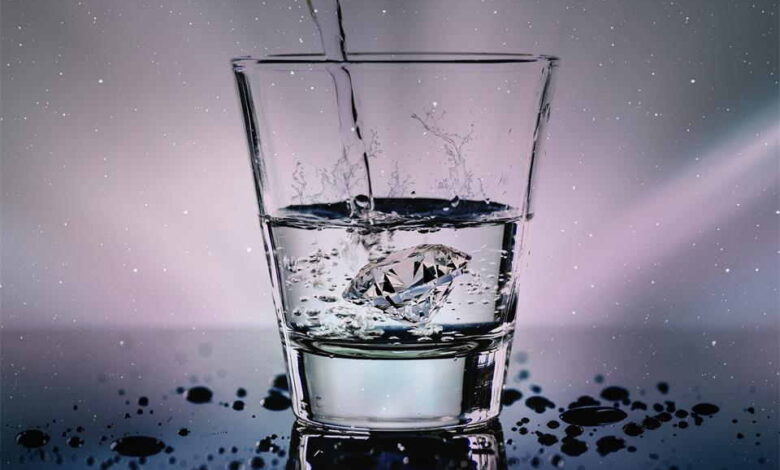Things You Probably Never Knew About Municipal Water Treatment Solutions

Pop quiz: have you ever turned on your faucet and stopped to wonder what it took for that water to arrive crystal clear (and, more importantly, safe)? Most people don’t spare it a second thought. I’ll admit, I hardly did until a pipe burst in my neighborhood and left us with a “boil water notice” that had me googling faster than you can say “contaminant.”
Municipal water’s journey is more fascinating—and honestly, more reassuring—than most of us realize. Here’s what really happens behind the tap.
Why Do We Need Water Treatment Solutions Anyway?
Alright, real talk: untreated water from rivers, lakes, or underground wells can pack a nasty punch. It might look fine, but tiny invaders like bacteria, viruses, and even bits of rust or leaves can sneak in. Municipal water treatment solutions are all about rolling up their sleeves and getting rid of the junk, so we get clear, clean, drinkable water every single time.
The Steps Nobody Talks About (But Should)
There’s this whole order of steps water goes through, starting with a process called “coagulation and flocculation.” Weird names, right? But it’s just a fancy way of saying they add stuff that makes dirt and particles stick together so they can be filtered out.
Then, water flows through layers of sand and gravel—sort of like a spa day, if you squint a little. Next up is disinfection: most treatment plants add chlorine to wipe out whatever germs are left (though there are other methods, too).
The Centers for Disease Control and Prevention has a simple breakdown of the typical steps if you want to geek out a bit.
Quality Checks: More Than Just a Taste Test
If you ever glance at a city water report, you’ll see all kinds of test results. That’s because municipalities are constantly sampling and analyzing the water—not just once in a while, but pretty much all the time. They’re watching for lead, bacteria, weird minerals, and even how the water smells or looks. The EPA actually lays down the law on water standards, so there’s less guesswork and more peace of mind.
Infrastructure: Old Pipes, New Challenges
Now here’s where things get interesting. A lot of cities are relying on pipes and treatment plants built ages ago. Fixing cracks or old gear is a full-time job for some utility crews. Sometimes, that’s why you see those surprise construction zones…or why your tap water might taste different after roadwork. Staying on top of upgrades means fewer breakdowns and fewer emergencies.
Facing New Water Woes
We’re not just battling yesterday’s problems anymore. Microplastics, too many nutrients from fertilizers, and even some weird new chemicals can cause headaches for water pros. Plants are turning to fancier filtration—think membranes and even UV light—to catch these nasties. For a closer look, American Water Works Association has a helpful page on modern treatment trends.
A Quick Tip: What You Do Matters, Too
Turns out, tossing old meds or paint down the drain is a backbreaker for local treatment plants. Just because it disappears from your sight, doesn’t mean it disappears for good.
So, the next time your water runs cold and clear, maybe give a tiny toast to your water utility folks and those trusty water treatment solutions. It’s not glamorous, but it’s magical in its own way—the kind of everyday magic that keeps us all healthy and happy.




